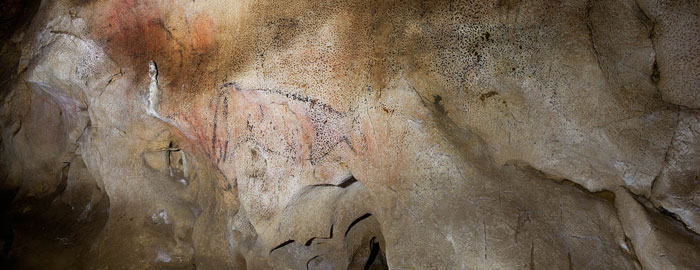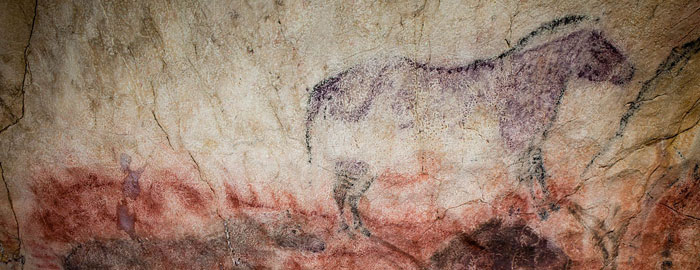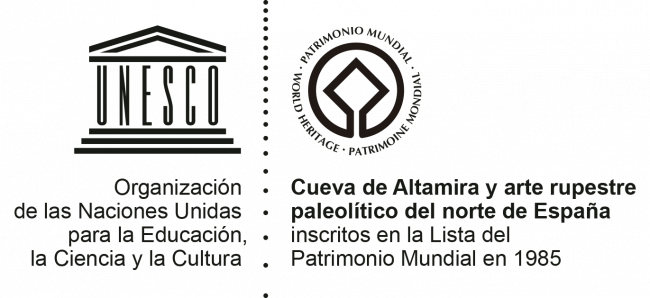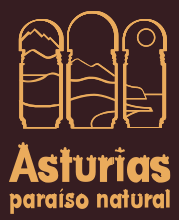Tito Bustillo Cave, World Heritage
Tito Bustillo Cave is one of the world's Palaeolithic cave art sites. The World Heritage Committee, which recognised the Palaeolithic cave art of Altamira in 1985, extended this declaration to 17 other caves in northern Spain, including Tito Bustillo Cave, on 7 July 2008. Thus, the Cave of Altamira and Palaeolithic Cave Art of Northern Spain includes:
- Five caves in Asturias: El Pindal, La Peña de Candamo, Llonín, La Covaciella and Tito Bustillo.
- Ten in Cantabria: El Castillo, Las Monedas, Las Chimeneas, La Pasiega, La Garma, Covalanas, El Pendo, Hornos de la Peña, Chufín and Altamira.
- Three Basque sites: Ekain, Altxerri and Santimamiñe.
These caves have been included in the World Heritage List as they are representative of cave art found throughout Europe during the Upper Palaeolithic, reflection of the first artistic expressions through painting and engraving and a testimony of the history and culture of humanity.
The World Heritage Convention, established in 1972 by the United Nations Educational, Scientific and Cultural Organization (UNESCO), aims to identify and protect the natural and cultural heritage considered of Exceptional Universal Value worldwide. Sites included on the World Heritage List are considered assets of interest for present and future generations, and proof of a commitment to protect and preserve them given their interest for the entire international community.













